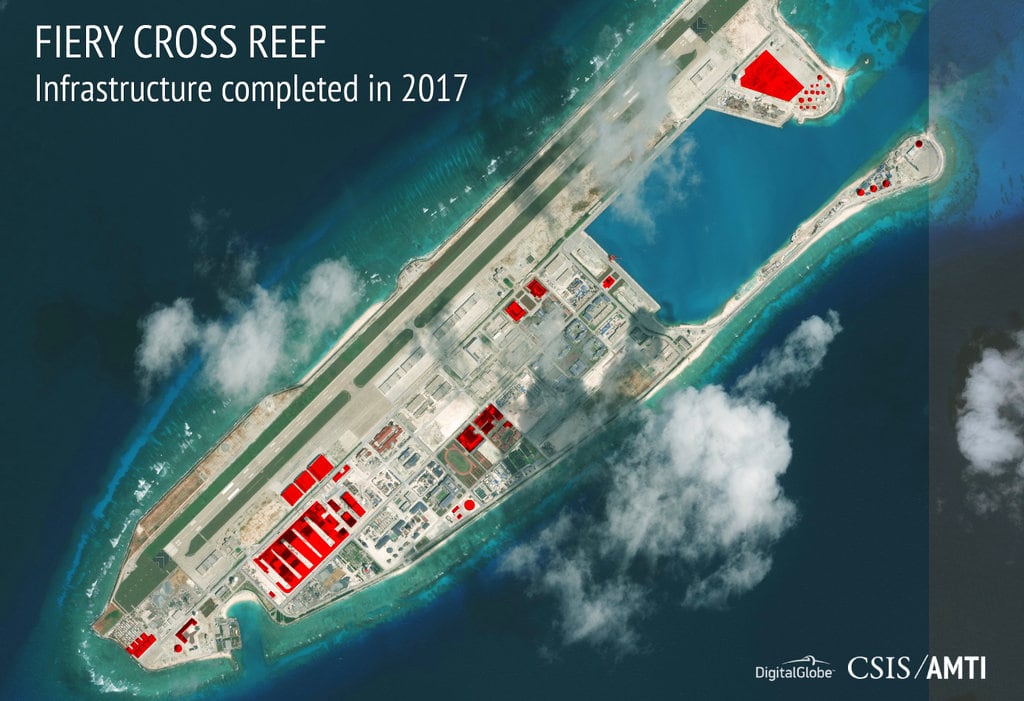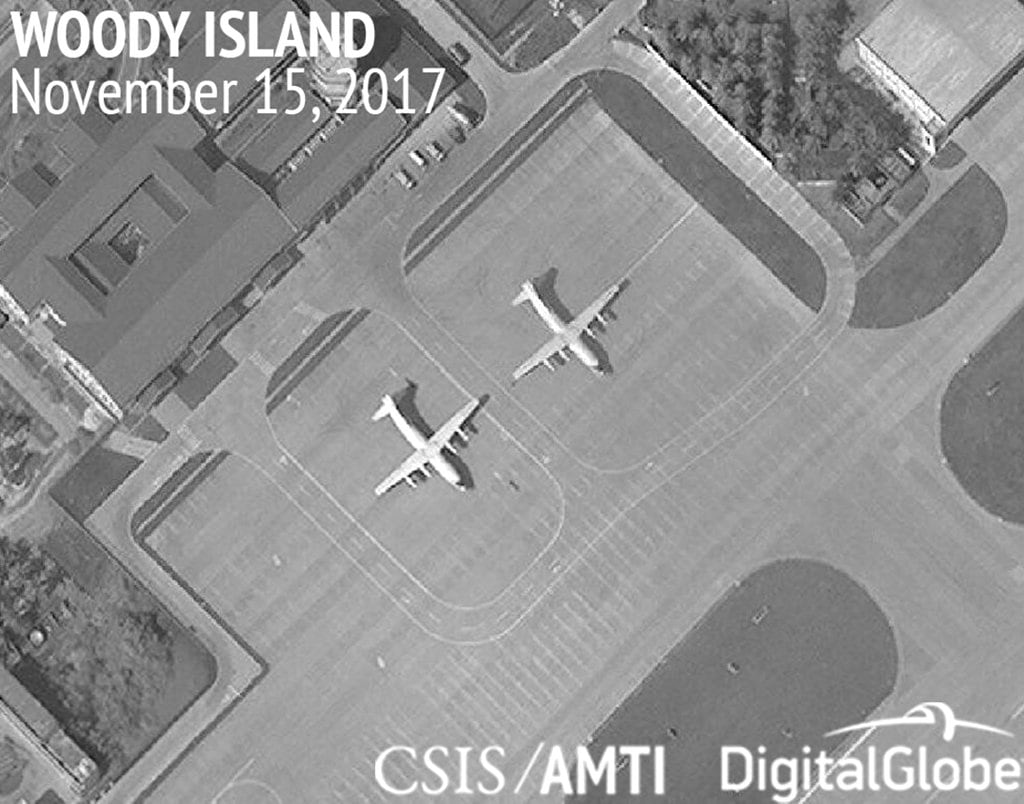The vastness of the Pacific Ocean presents a major obstacle to Marine forces. As such, the Corps wants to bridge that “tyranny of distance” by turning its MV-22 Ospreys into an air refueling tanker to extend the range of its fighter and tilt-rotor aircraft.
Known as the V-22 Aerial Refueling System, or VARS, the system will help extend the range of F-35Bs, and other V-22s by providing an additional 10,000 pounds of fuel to aircraft forward deployed with Marine Expeditionary Units. The Corps expects its new refueling system to be operational by fiscal year 2019.
Flight tests are expected to kick off this fall, and the system already has undergone concept demonstrations, according to a recent command release from Naval Air Systems Command.
“MV-22 VARS capacity will increase to 10,000 pounds of fuel by 2020,” Capt. Sarah Burns, a Marine spokeswoman, told Marine Corps Times in an emailed statement Friday. “This will significantly enhance range, as well as the aircraft’s ability to remain on target for a longer period. Overall, VARS will be a huge force multiplier for both a sea-based MAGTF [Marine Air-Ground Task Force] and forward deployed expeditionary forces.”
With a rising China in the Corps’ crosshairs, the force is amid one of the greatest shifts of Marines into the Pacific, which means the Corps will need extended range and lethality of its weapon systems and aerial platforms to compete in the magnitude of the region.
Currently, the block C MV-22, which began production in 2010, has a flight radius of 428 nautical miles when carrying 24 troops and a ramp mounted weapon system, according to a Boeing fact sheet. The extra 10,000 pounds of fuel will greatly extend this range as well as other aircraft in the Corps’ arsenal, like the F-35B.
The F-35B has a combat radius range of a little over 450 nautical miles and a fuel capacity of 13,100 pounds of fuel, according to a Lockheed Martin fact sheet.
As the Corps flexes to the Pacific, nearly nine thousand Marines are being moved off Okinawa, Japan, where they will be disbursed to other locations like Guam and Hawaii.
And on top of that, the Corps is kicking off its largest deployment yet to Darwin Australia, at nearly 1,587 Marines as part of its annual six-month rotation. Additional assets will include MV-22s and M777 howitzers.
The Corps’ strategy here is simple: decentralize Marine forces in the Pacific to make it harder for a near-peer competitor like China to hit Marine forces in the region, should the U.S. enter conflict with the Pacific heavyweight.
“China is approaching near-peer rival status with increased investments in the military and an aggressive force modernization campaign,” Matthew Merighi, assistant director of Fletcher’s Maritime Studies Program, told Marine Corps Times. “The greatest threat is posed by advanced anti-ship ballistic missiles, which can threaten the Navy’s super carriers, and expanded conventional navy.”

To counter these developments the Corps rapidly has been seeking to upgrade the range and lethality of its weapons systems and aerial platforms to conform with a new fighting concept known as Expeditionary Advance Based Operations, which will see Marine forces operating from a distributed network of small land bases and floating barge-like bases.
To maintain this distributed network, the Corps will need to push the range and capabilities of already existing platforms, while other futuristic concepts like the gigantic MUX sea drone remain sitting on the drawing board.
In the fall, the Corps successfully test fired and destroyed a target with the typically land-based rocket artillery platform, known as M142 High Mobility Artillery Rocket System, from a U.S. Navy ship. And now the Corps is packing a refueling system on its MV-22s to help push the range of its aircraft.
To challenge U.S. dominance in the region, “China is building man-made islands to provide bases of operation in the South China Sea and exert de facto control over the body of water,” Merighi said.
With much of the world’s commerce flowing through the Pacific the region is ripe for competition and confrontation.
“The South China Sea is the main highway for China’s energy imports and a conveyor for its export-driven economy. China sees securing these avenues as crucial for its economic security,” Merighi added.

The Corps is pushing its current air and weapons systems to the max in preparation for a potential war in the region.
But not every development in the region requires a military solution, according to Merighi.
The U.S. can counter China through trade, economic investment and international law.
“U.S. Freedom of Navigation operations against China’s island-building campaign needs to be supported with an integrated legal campaign to put pressure on China to stop,” Merighi explained. “This approach would counter China’s ‘lawfare’ strategy but it requires shrewd diplomacy and engaging international organizations.”
Shawn Snow is the senior reporter for Marine Corps Times and a Marine Corps veteran.





